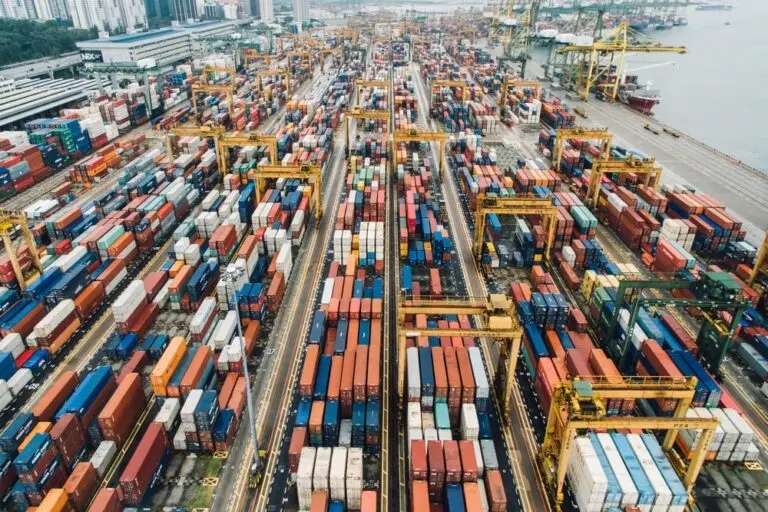We are proud to present a series of three articles on how to tackle supply chain challenges in a turbulent environment, based on one of our recent webinars. Check out our first article here to get the immediate action checklist we recommend to improve your business!
It’s been a really tough time for our globalized supply chains. None of us really knows where all this is going to, or how things would be in the next few months, even in the next few years. Nothing is certain except the uncertainty. However, we can start thinking about the best ways to examine the capability of our supply chains and how to adapt to the new next. We can think about different strategies to build a durable and sustainable supply chain, despite all the volatility and constraints.

Supply Chain Challenges
The challenges that retail supply chain has been facing since early this year are:
- Transportation of goods over long distance or cross countries has become increasingly difficult. The logistics chain is experiencing long delays if not totally disrupted.
- Suppliers are constrained because of various reasons: raw materials may be delayed or lacking, workers may need to come in in shifts in order to reduce occupancy, and factories may even be closed due to sick workers or hygienic concerns.
- Demand suddenly spikes and your supply chain is having a hard time to keep up (e.g. cleaning products, long lasting pantry foods). Sales history of previous years is no longer relevant for predicting the future.
Immediate Actions Required
In this series of three articles, we are going to explain how to tackle these challenges by the “onion-peeling” approach, which will help you identify and prioritize the actions to be taken. We will start in this post by giving recommendations on immediate actions required.
Stock Count
When facing supply chain challenges, the first thing to do is to understand where you stand right now. Start with a thorough stock count in stores and in warehouses, and remember to include in-transit inventory. For the orders already placed but not yet shipped, a few questions to ask yourself are:
- Is the demand still there?
- Is the demand higher than usual (e.g. home products such as furniture)?
- When can the products be shipped?
- Is the destination still valid?
After clarifying the above points, you should have a clear idea about how much storage space you will need, and whether your current space is enough, or too much. In case storage space adjustment is needed, identify the options as soon as possible.
Inventory Triage
Since liquidating all inventory at massive discounts is not an ideal option, inventory triage becomes the first step. Next, identify your options and the criteria of categorization, so you can make the call without hesitation and put the necessary plan into action efficiently. Common options are markdown, pack up for next season, and donation.
Markdown
In today’s retail environment where consumer demand is constantly shifting and competition increases due to online sales, unproductive inventory (low sell-through rate and/or low margin with high treatment cost) is considered to be as painful as out of stock. A demand forecasting solution can help you identify the items to be marked down and the period/depth of markdowns. But keep in mind to leverage short-term history (45 days, for example), as last year’s sales history is not relevant anymore.
Next Season
Items that can live on potentially as another “collection” can be categorized for next season. In this scenario, focus on key value items that bring higher profit, as keeping the inventory longer means more cost. These items are typically non-seasonal items that have domestic source channels. Being agile in terms of assortment and replenishment management is important during these times. You may have to merge or skip seasons, buy more conservatively in smaller quantities, and/or buy with shorter lead times
Conclusion
Navigating through the supply chain challenges in a turbulent environment requires a proactive approach to building a durable and sustainable supply chain. It is essential to conduct a thorough stock count, identify inventory triage options and prioritize immediate actions. Leverage technology solutions and collaborate with suppliers to build resilience and agility.
Supply chain challenges will continue to persist, and organizations need to stay vigilant to adapt to new constraints and uncertainties. By implementing the recommendations outlined in this article, businesses can mitigate the risks and build a robust supply chain to thrive in the long term.
